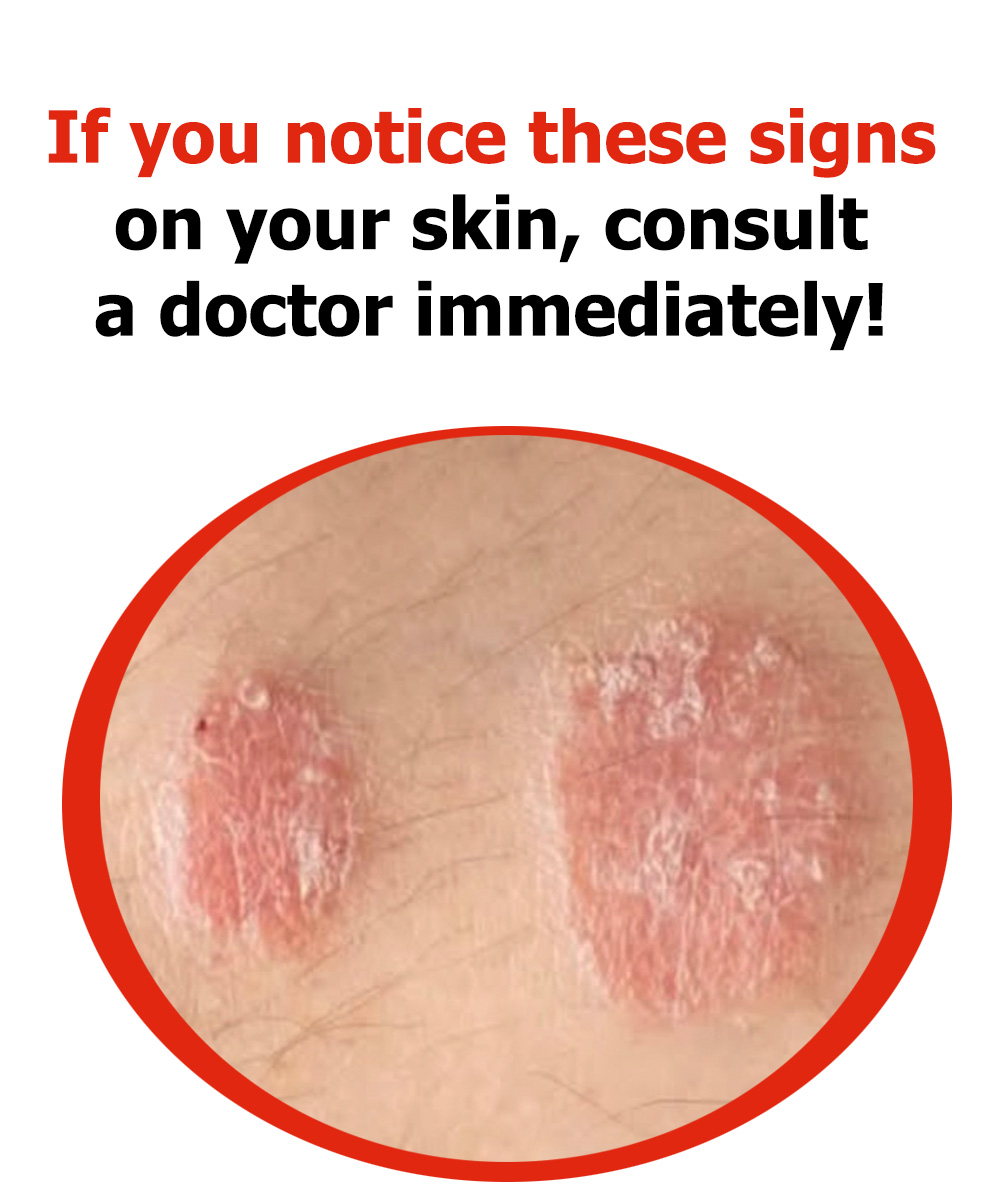As per the NPF, this is the most common type of psoriasis, characterized by dry, itchy, raised patches of skin (plaques) covered with scales. These patches can vary in number and typically appear on the elbows, knees, lower back, and scalp. The color of the plaques depends on skin tone and may heal with temporary discoloration, known as post-inflammatory hyperpigmentation, especially on darker skin. Any type of irregularity warrants medical attention.
Key characteristics
Texture: Thick and scaly
Color: Red or pink with a silvery overlay
Itch Factor: Moderate to severe
Guttate psoriasis
Mainly seen in children and young adults, guttate psoriasis often develops after a bacterial infection like strep throat. This type of psoriasis manifests as small, drop-like sores on the trunk, arms, or legs. Unlike plaque psoriasis, guttate spots are thinner and less scaly.
Key characteristics
Size: Small, teardrop-shaped spots
Trigger: Infections
Affected areas: Torso, limbs
Inverse psoriasis
Inverse psoriasis likesto hide in the folds of your skin like the groin, buttocks, and under the breasts. Unlike other types, it doesn’t have the signature scaling. Instead, it presents as shiny, smooth, red patches that can worsen with friction or sweating. Fungal infections are a common trigger for this form of psoriasis.
Key characteristics
Texture: Smooth and shiny
Location: Skin folds (where friction and sweat occur)
Irritation: Often worsened by sweat and rubbing
Because of its location, inverse psoriasis can be tricky to manage and is prone to fungal infections. Keep the area clean and dry!
Pustular psoriasis
This form of psoriasis is rarer but often striking in appearance. Pustular psoriasis features white pustules — blisters filled with non-infectious pus — set against a backdrop of red, inflamed skin. It may be limited to certain areas such as the hands and feet, or it can affect larger portions of the body. Below, we explore some of its key symptoms.
Key characteristics
Appearance: Blisters filled with pus
Symptoms: Often accompanied by fever or chills
Severity: Can range from localized to widespread
Pustular psoriasis needs immediate medical attention. Don’t ignore those tiny blisters – they could be a sign of something serious!
Erythrodermic psoriasis
This is the rarest and most severe type, leading to widespread redness, scaling, and peeling of the skin, often covering large parts of the body. Erythrodermic psoriasis can be life-threatening and usually requires hospitalization.
Key characteristics
Appearance: Intense redness and shedding of skin
Symptoms: Severe itching, pain, and swelling
Triggers: Severe sunburn, infection, or abrupt cessation of psoriasis treatment
This type of psoriasis isn’t something to wait out – call your doctor immediately if you experience symptoms!
The Mayo Clinic also notes that psoriasis isn’t limited to affecting just the skin — it can impact your nails as well. Nail symptoms may include thickening, pitting, discoloration, or separation from the nail bed, a condition known as onycholysis. These changes can sometimes be early signs of psoriatic arthritis, a joint-related condition linked to psoriasis.
Psoriasis appears in various forms, but recognizing its symptoms is the first step toward taking control. If you notice any of the warning signs we’ve discussed, consider seeing a dermatologist to get the proper care and support for your overall well-being.
Have tips for managing psoriasis? Share your experiences in the comments below — and don’t forget to pass this story along to friends who might benefit too!

